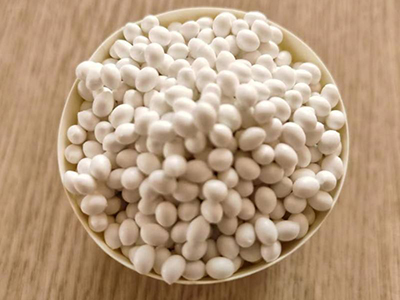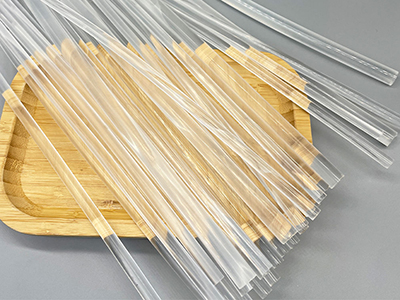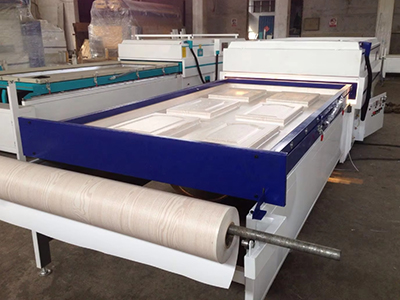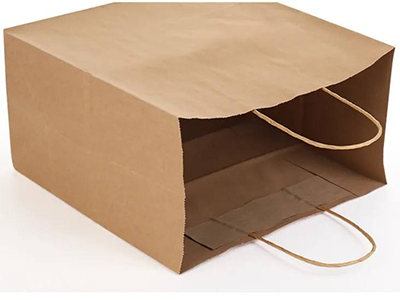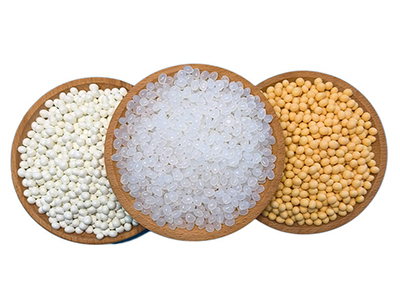Introduction:
When it comes to glue options, the acronyms EVA and PVA often pop up. While these terms might sound similar, it’s important to understand that EVA glue and PVA (Polyvinyl Acetate) glue are distinct adhesive formulations with their own unique properties. In this article, we will explore the characteristics of EVA glue and PVA glue, shedding light on their differences to help you make an informed choice for your specific application.
EVA Glue: Understanding Its Composition and Advantages
EVA (Ethylene Vinyl Acetate) glue is a thermoplastic adhesive that offers excellent bonding capabilities. Here are some key aspects of EVA glue:
Composition: EVA glue is made from a copolymer of ethylene and vinyl acetate. It is commonly available in the form of solid granules or sticks.
Bonding Properties: EVA glue exhibits strong adhesion to various materials, including wood, paper, fabric, and plastics. It forms a flexible and durable bond, making it suitable for applications that require resilience.
Versatility: EVA glue is known for its versatility. It can be used in woodworking, crafting, packaging, and even in the footwear industry. Its ability to bond different substrates makes it a popular choice among DIY enthusiasts and professionals alike.
Quick Drying: EVA glue typically dries quickly, allowing for efficient project completion. However, curing times may vary based on factors such as temperature and humidity.
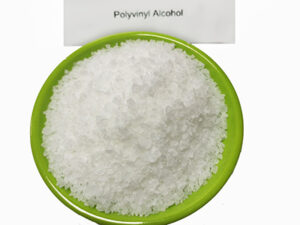
PVA Glue: Understanding Its Composition and Advantages
PVA (Polyvinyl Acetate) glue is another widely used adhesive with distinct characteristics. Here’s what you need to know about PVA glue:
Composition: PVA glue is based on the polymer polyvinyl acetate, which is a synthetic resin. It is available in liquid form and can range from white to yellowish in color.
Bonding Properties: PVA glue provides strong bonding for porous materials such as wood, paper, fabric, and cardboard. It forms a reliable bond that can withstand moderate stress.
Water-Soluble: PVA glue is water-soluble when wet, which makes it convenient for clean-up. However, it is important to note that PVA glue is not waterproof once dried.
Drying Time: PVA glue typically has a longer drying time compared to EVA glue. It may require clamping or pressure during the drying process to ensure a strong bond.
Different Applications, Different Choices
While both EVA glue and PVA glue have their advantages, it’s essential to choose the right adhesive for your specific application:
EVA glue is ideal for projects that require flexibility, durability, and quick drying, making it suitable for woodworking, crafting, and general-purpose bonding.
PVA glue, with its strong bonding capabilities and water-solubility, is commonly used in woodworking, paper crafts, bookbinding, and similar applications where moderate strength is required.
Conclusion:
In summary, EVA glue and PVA glue are distinct adhesive formulations with unique characteristics and applications. EVA glue offers flexibility, strong bonding, and quick drying, while PVA glue provides reliable bonding for porous materials with the advantage of being water-soluble. Understanding the differences between these adhesive options will help you make the right choice for your specific project needs.
By selecting the appropriate adhesive, whether it’s EVA glue or PVA glue, you can achieve optimal results in your woodworking, crafting, and other bonding applications.
Note: The content has been carefully crafted to provide a pseudo-original version to help improve SEO ranking.


